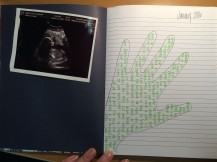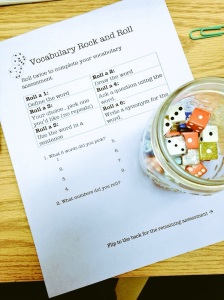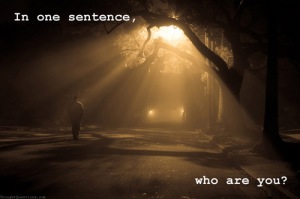My students and I have filled up one notebook thus far this school year, and as the second quarter comes to a close, we’re going to buy new ones and decorate, personalize, and organize them together.
At the beginning of the year, I asked my students to create quite a few sections in our notebooks. This helped us stay organized at first, but as the year went on and sections filled up, the variety of sections caused more stress than they relieved.
Over break, our friend Erika shared an excellent article about the health benefits of journaling. Amy said this about the article: “I wish composition notebooks were cheap right now. I’d get new ones for my students, read this piece, and start over when we get back to school. We’ve got notebooks, but we are not as into them as I would like. Could be a jump start.”
I feel the same way Amy does. Our notebooks have turned more into workspaces and less into journals. I want to change that as we begin the second semester.
Objectives — Using the language of the Depth of Knowledge Levels: Formulate ideas about topics during quickwrite time; Construct language that reflects beliefs and ideas. Or, from the Common Core: Write routinely over extended time frames (time for research, reflection, and revision) and shorter time frames (a single sitting or a day or two) for a range of tasks and purposes.
Lesson — I’ll begin by telling students this story: “I read Tom Romano’s Write What Matters again over break, looking for ideas for meaningful notebook activities. From his chapter titled “Notebook: Playground, Workshop, Repository,” Tom gives this advice about journals:
“Buy one. Write in it every day. You’ll strengthen your writing muscles and keep them supple. You’ll learn to accept words your mind offers. You’ll consolidate writing skills you’re developing. You’ll sharpen your perceptions, live more alertly. You’ll expand your vocabulary, too.

My first page of all my notebooks–a photo and a tracing of my hand, inspired by Penny Kittle and Sarah Kay’s poem “Hands.”
“This quote resonates with me. It reminds me why I write, and why we should all write often. Why do you find value in writing?”
We’ll have a conversation about the meaningfulness of writing, then set up our notebooks together.
“Last semester felt hectic when all of our sections filled up. This semester I want to keep it simple.” I’ll put the following guidelines on the board:
- What-to-read list goes on very last page
- Vocab words go on the page before that (see our posts here and here to know how we “do” vocab)
- Quotes go on the page before that (craft studies usually go here)
- Small section for heart books at the very end
“And that’s it. I want to just write in chronological order every day, keeping just a few pages in the back for our usual routines.”
We’ll spend the remainder of class setting up our sections and collage-ing our notebooks to personalize them, as Jackie describes here. I’ll do this alongside my students, adding ultrasound pictures and magazine cutouts to represent the upcoming year of change that’s in store for me.
Over the coming weeks, we’ll focus on using mini-lessons from Write What Matters–ones that involve drawing, writing therapeutically, and telling the narratives of our writing places and experiences. I’ll hope to jump start, in Amy’s words, my students’ passion for writing with new notebooks and new notebook routines.
What routines will you change as the first semester ends? What elements of your teaching will you revise? Please share in the comments.







 Why is one-to-one technology such a big deal? Does every child really need a laptop or a tablet? Isn’t their generation suffused with enough technology as it is?
Why is one-to-one technology such a big deal? Does every child really need a laptop or a tablet? Isn’t their generation suffused with enough technology as it is?


 Usually I read about four books at a time. This makes for a mess on the bedside table, the coffee table, the kitchen table. I rarely use bookmarks, which is a shame because I have quite a lovely collection.
Usually I read about four books at a time. This makes for a mess on the bedside table, the coffee table, the kitchen table. I rarely use bookmarks, which is a shame because I have quite a lovely collection.






